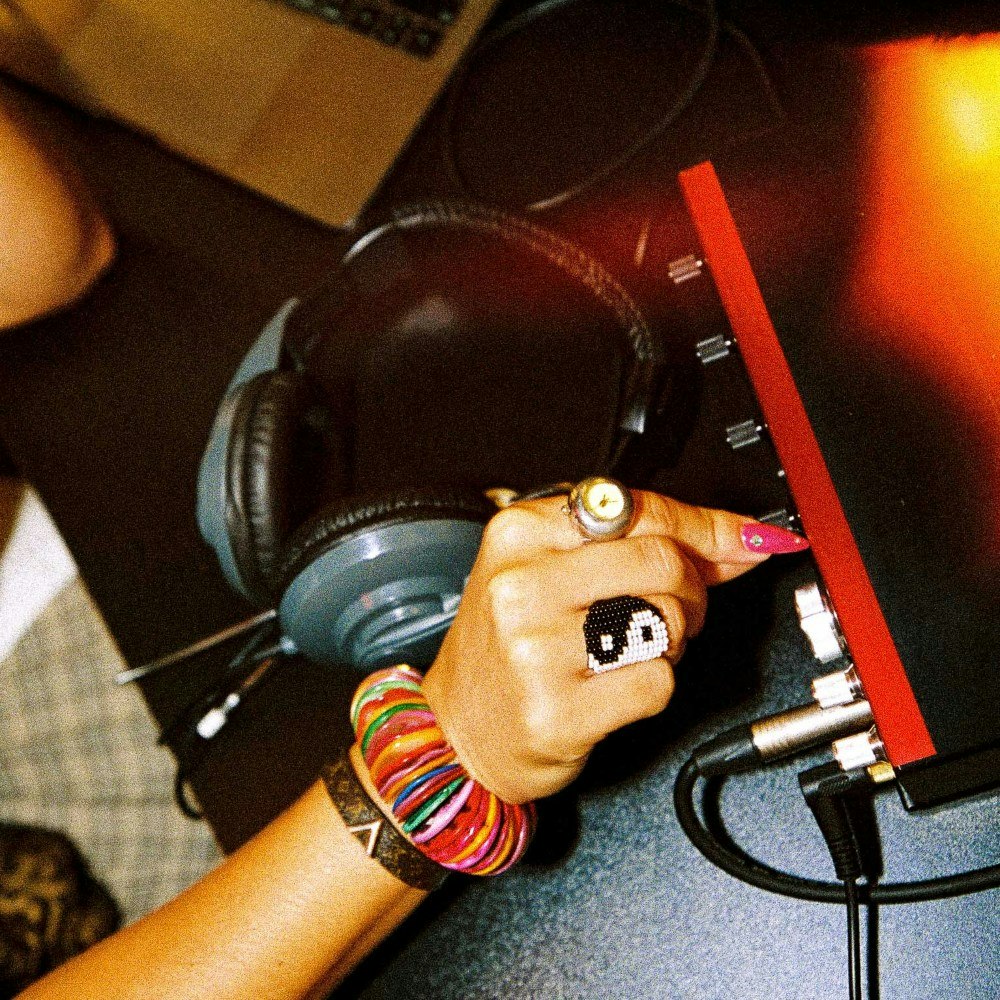
■ Discover New Music
Plastician is a multi-talented DJ and producer as well as a label boss at Terrorhythm Records. He recently joined us at our London DJ studios to share how to get started with DJing.
In this article and video, Plastician covers how to control and monitor the volume while you’re DJing, how to control your gain structure on a digital mixer, and why understanding the difference is so crucial to creating a great mix.
To hone your skills as a band, producer, DJ or dancer, book a Pirate.com studio in the UK, US or Germany now.
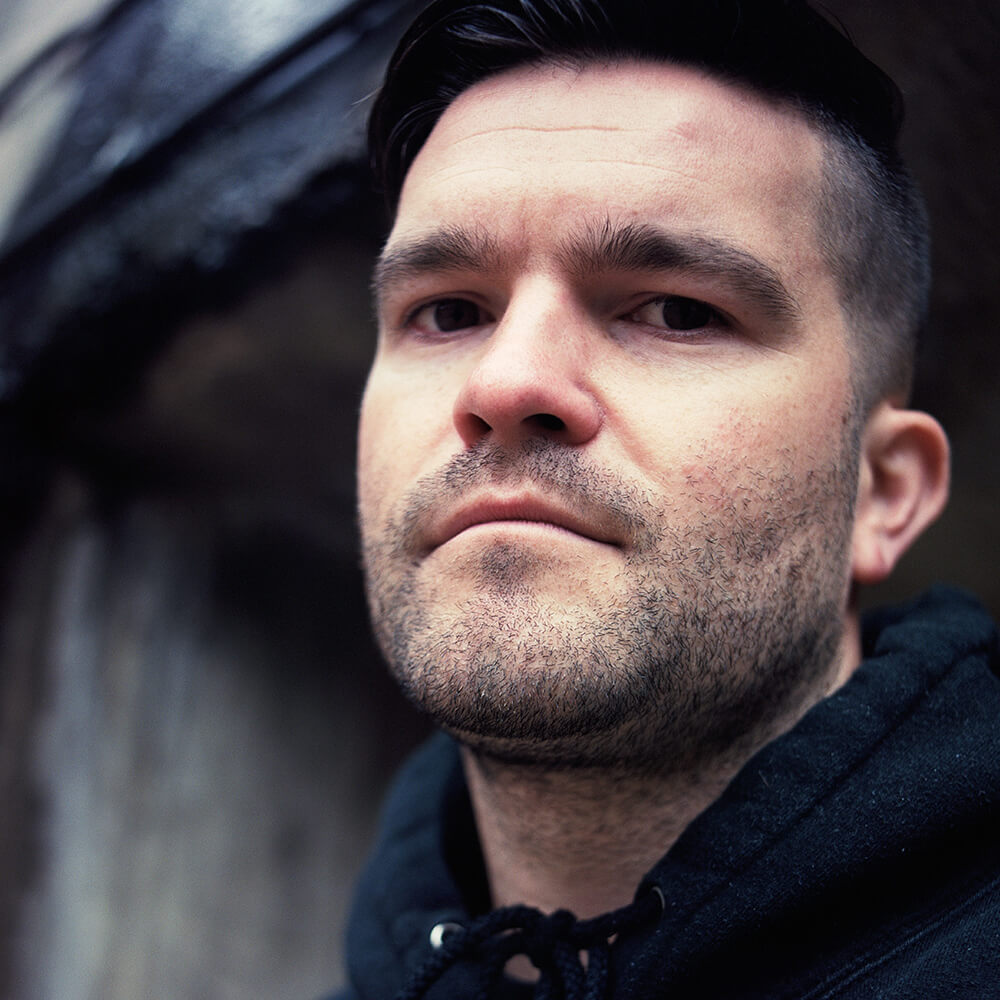
Looking at your DJ mixer board, there’s lots of faders, knobs and dials, all of which will affect the overall volume when you’re playing a DJ set.
By understanding and using all of the controls on the mixer, you can ensure that your sound quality is good, the levels are appropriate for your setting, and your DJ beat mixing is sounding just as it should.
Below, I’m going to list and explain the key DJ volume controls to get your head around before answering what gain is for a DJ. Understanding both of these things will help get your DJ transitions sounding as good as they possibly can.
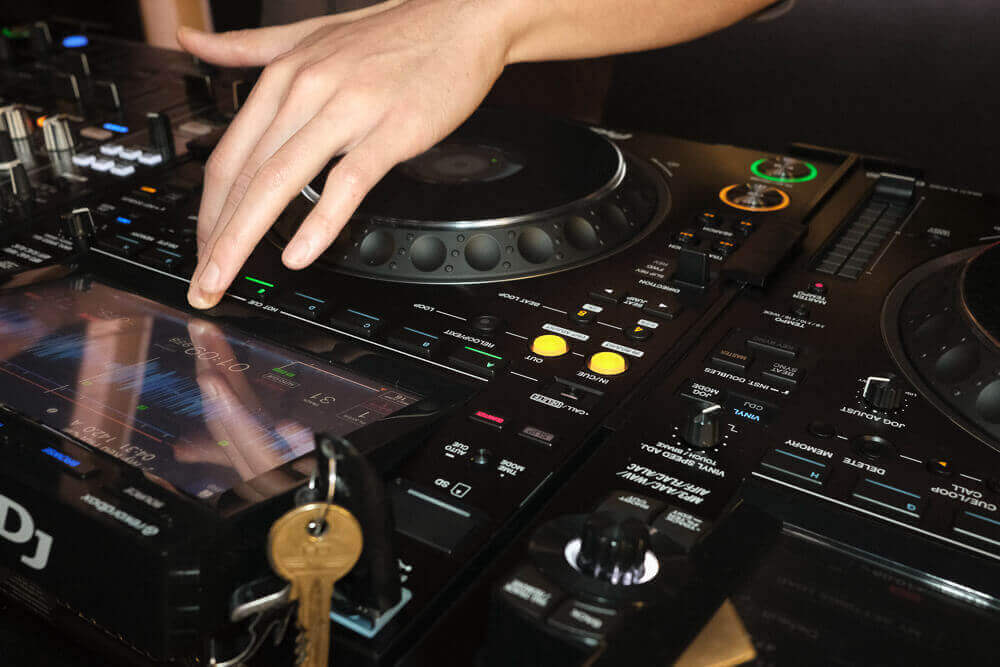
Headphone Volume
On the bottom left-hand side of your mixer, just beside the bottom of your jogwheel is a knob that controls the volume playing out from your headphones.
This control only affects the sound you hear coming out of your headphones while you're monitoring the songs you're queuing up.
Faders
Along the bottom of your mixer, you've got four faders. These will control one of each of the decks that are plugged in.
The corresponding fader to deck depends on where you've plugged them in on the mixer.
Crossfader
Just below your faders, you've also got what's called a crossfader. This can be used similarly to the faders except it affects both your right and left deck.
Gains
At the top of the mixer, you've got your gains. Each channel has a gain which you'll want to use in order to set your maximum volume (when these channels are set to 10 on the mixer).
The gain controls are used to get both songs playing at roughly the same volume before you start mixing.
Master Volume
The master volume control is on the top right-hand side of your mixer labelled 'Master'. This is going to affect the overall volume coming out of your mixer.
If you're in control of the volume of a venue, the master volume is going to affect what everyone who attends your event hears.
With this in mind, you might want to keep this lower for the first couple hours of your gig, and slowly bring it up as the night packs out, until you get to peak time. This is how you'll level up on your mixer.
Booth Monitor
Just to the right of your faders is the volume control of your booth monitors which will normally be positioned near the DJ booth. These are used to make sure the DJ can hear exactly what the audience is listening to.
Your booth monitors should be just loud enough so you can hear them above the ambient noise in the room you're in.
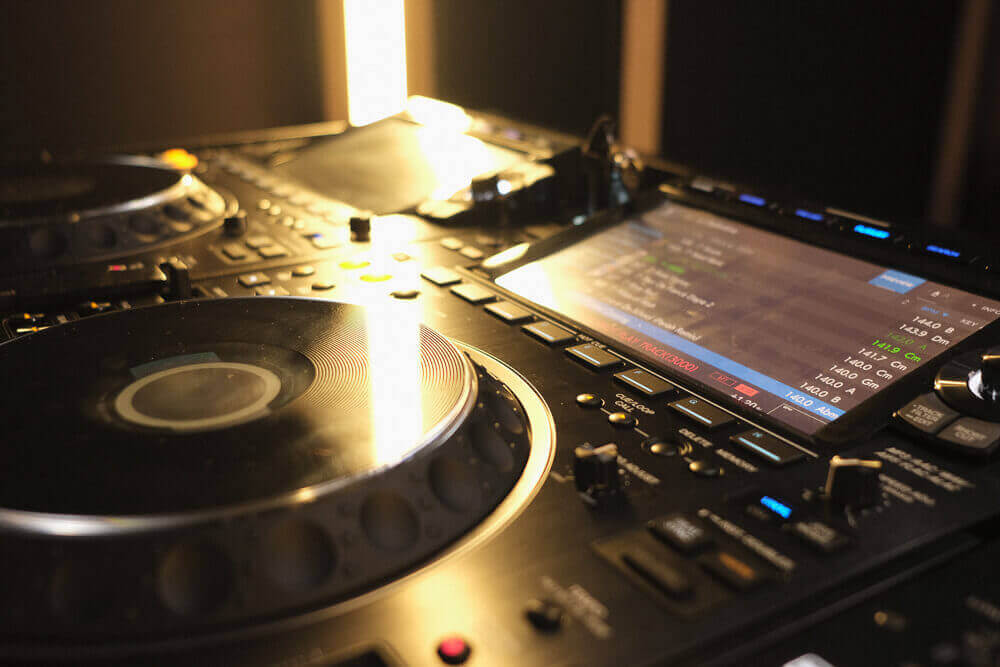
Next, we're going to cover the basics of gain structure. Understanding gain structure and when to use your gains instead of the faders is an important skill when it comes to mastering the art of mixing.
Gain structure or gain staging usually refers to the faders, master volume and gain knobs on your mixer. These different volume controls are sometimes referred to as your gain stages.
Gain staging is the act of making sure the songs you’re mixing are playing at the same volume across all decks.
Ideally, you want your faders to be turned all the way up to the top when you’re playing a song. To achieve this, you'll use the gain knob to match the volume of the song playing to the song not playing.
By tweaking the gain knob, you can make sure the peak volume of the track not playing hits the same point as the song playing. Then, when you hit the top of the volume fader you have a level matching volume across each deck.
Even if some songs are louder than others, tweaking the gains brings them together.
Once you’ve got good volume level matching happening across all decks, you can then tweak the master volume, sending optimum clean signals to the speakers or amplifier system. You can then control the volume of each individual speaker.
Now you know the theory, you can watch a tutorial on controlling your DJ volume levels in a mix by heading to this video on the Pirate.com YouTube.
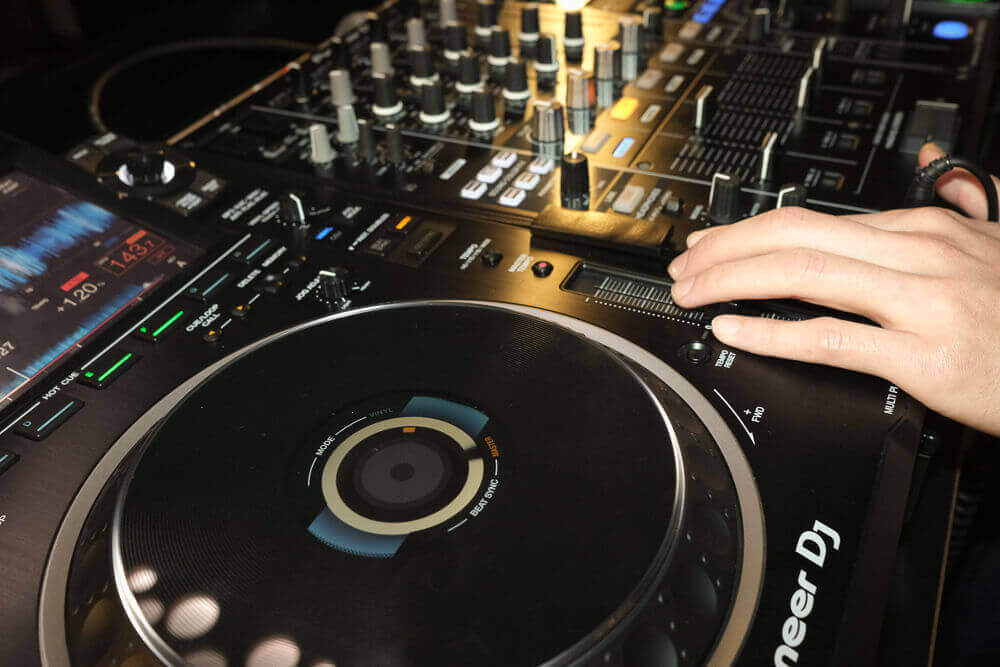
All that’s left to do now, is practice. If you don’t have access to decks at home, you can book a DJ studio with industry standard equipment at PIRATE.COM in most UK cities, the US and Germany.
Alternatively you can research the best sound control software online and start DJ beat mixing on a laptop.
For more advice on mastering DJ mixing techniques, head to the Pirate Blog where you can access Plastician's beat matching tutorial, our 'How To DJ Guide' and much more.